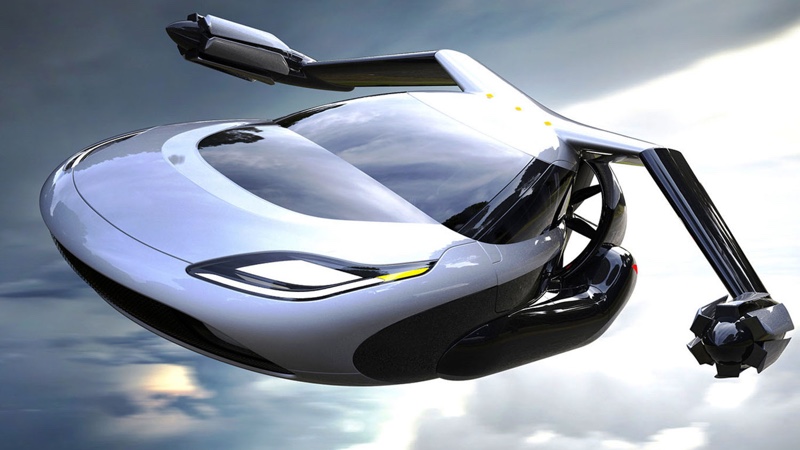FAA excites nascent flying-car industry
By Joe Stumpe|January 3, 2017
Design by design, a small sector of the aviation industry is working toward building the kind of flying car immortalized in “The Jetsons” and “Back to the Future.” It’s been slow going, but just-approved changes in FAA regulations may make things a lot easier.
Experimental versions exist now that can be driven on the road and to an airport for a runway takeoff, but what entrepreneurs would really like is a car that could be driven from a home garage to take off vertically from practically anywhere, and land the same way. Those who have that vision my have just gotten some help from the FAA in the form of a major overhaul of the airworthiness certification regulations for general aviation aircraft, called Part 23. The regulations were approved by FAA on Dec. 16 and go into effect in August. They switch the industry to a less prescriptive approach to certification.
Massachusetts-based Terrafugia is one company at the forefront of developing a vertical takeoff and landing flying car. Its working model, called the TF-X, would do so with propellers. Anna Mracek Dietrich, a co-founder of Terrafugia, predicts that the revisions will be conducive to innovation.”The whole spirit driving that is very helpful to what we’re doing,” Dietrich says. She says the changes will “make it easier and more straightforward to get a product like the TX-F certified.”
Asked about the cost of certification, Dietrich says: “I wouldn’t expect it to be half the cost” of today’s certification process, “but I do think there will be savings.”
Dietrich doesn’t think it would be impossible get the TX-F certified without the revamping, but she says it “definitely would be harder.” Current regulations were based on airplane designs from the 1950s and ‘60s. Persuading the FAA to grant exemptions for things like flying cars has been a time-consuming, costly undertaking.
“One of the biggest areas is this ability to agree, in advance, on a means of compliance with the rules, and to have the rules written at a safety intent level instead of at a specific engineering level,” Dietrich says.
Once the regulations are in effect, applicants can, if they choose, ite industry consensus standards to show compliance. At least one group, called the ASTM F44 General Aviation Committee, is in the process of developing standards now.
Terrafugia was started by Dietrich, her husband Carl and three other MIT graduates in 2006. So far, it has developed and flown a folding-wing, two-seat flying car called The Transition, which runs on automative gasoline and cruises at 160 kilometers perhour with a 644-kilometer range. It is designed to take off and land at airports. The company is now taking orders for the Transition — $279,000 being the last reported price — with first delivery expected in 2019.
The TF-X, on the other hand, would be an all-electric flying car with vertical takeoff and computer controlled flight. Production could begin between 2023-27, according to Terrafugia’s website. While much work remains to be done, the revamped Part 23 regulations set up a discernible path for certification, Dietrich says.
“Knowing where the finish line is, is definitely at advantage.”





